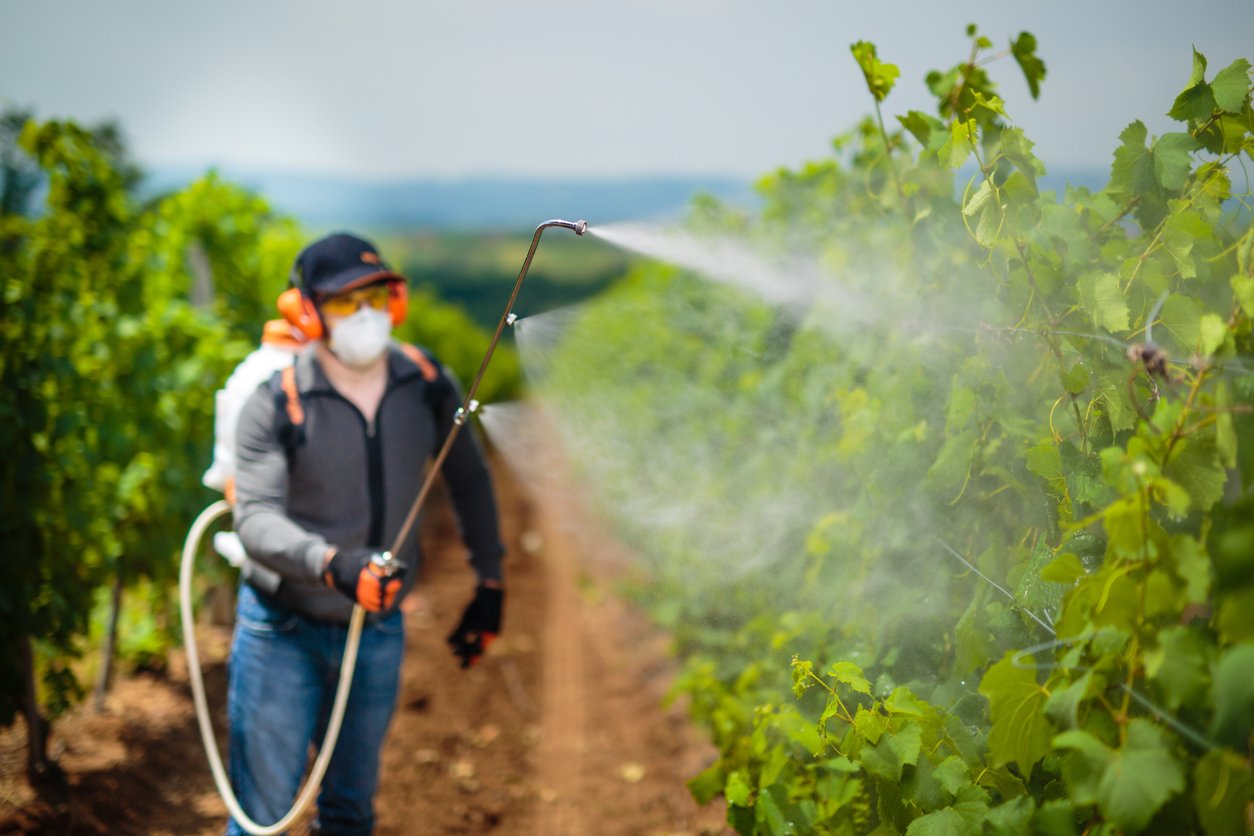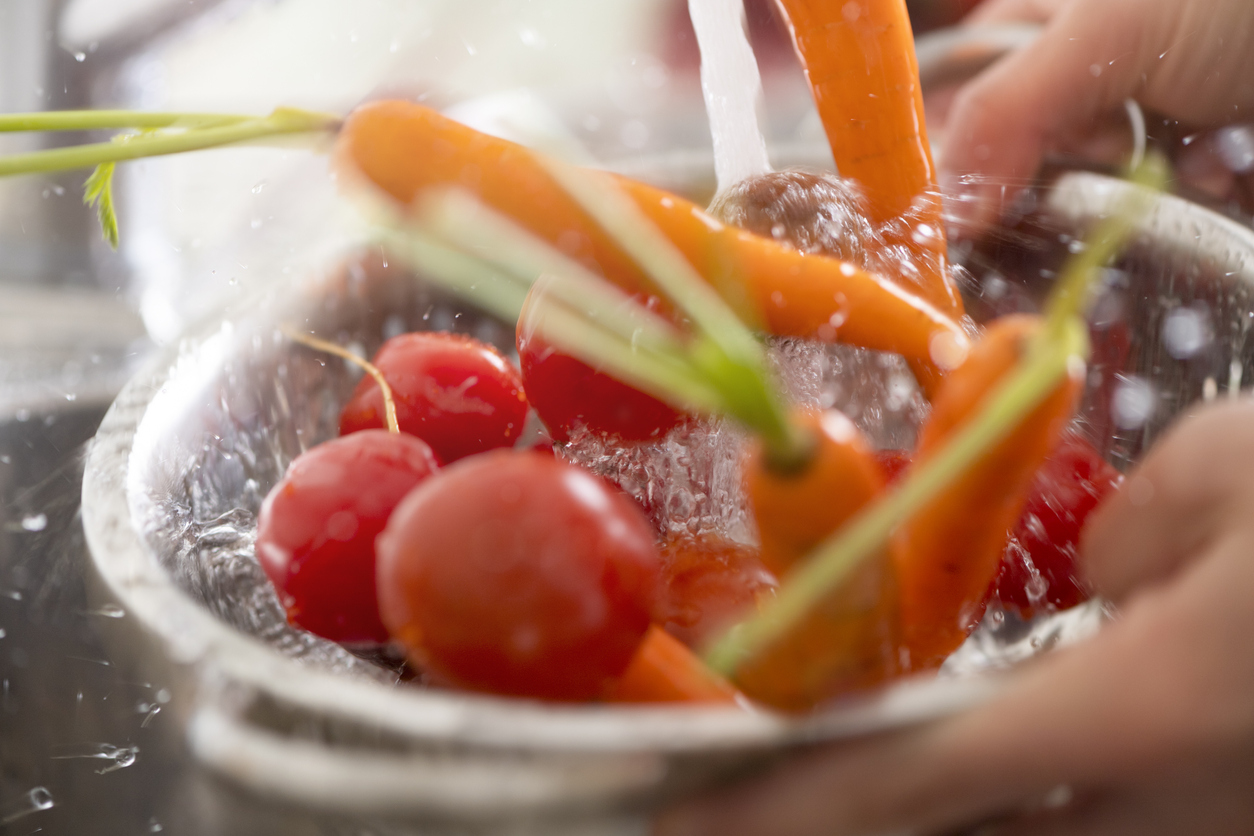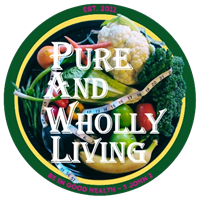Almost everyone should be eating more fruits and vegetables. In the US, the average American only gets about half the recommended daily serving amounts, and even those amounts are less than the optimal amount of five-a-day. But do you know why it’s important not just to eat more fruits and vegetables, but also to wash your produce before eating it?
In our modern world, almost no food is 100% free of pesticides. Surprisingly, even organic produce may contain some pesticide residues.
Washing produce is important to prevent foodborne illness and substantially reduce your exposure to pesticides.
The best way to reduce your pesticide exposure is to choose organic food when you can (bonus points if it’s homegrown!), especially for the foods most likely to be contaminated with pesticides. But whether buying conventional or organic produce, it’s also important to wash your store-bought fruits and veggies before eating or cooking with them.
So which foods are the most important to buy organic? And what is the best way to wash fruit and vegetables to remove pesticides?
Gladly, science has given us answers, and we’re going to share them with you. We want to help you make the best of your time and money to ensure the food you’re eating and serving is as safe as possible.
Why Are Pesticides Used on Produce?

According to the EPA, pesticides are used to control pests and other disease carriers, such as mosquitoes, ticks, rats, and mice. They are also used to control weeds, insect infestations, and diseases.
There are many types of pesticides, including:
- Herbicides: Glyphosate, which is manufactured by the company Monsanto and used in the production of their weed-killer, Roundup, is one type of herbicide that may be used on conventional (non-organic) crops. This common herbicide has been linked to cancer and endocrine disruption.
- Insecticides: Organophosphates are one group of insecticides commonly used on produce. Diazinon is one such organophosphate that’s still being used in agriculture despite its damaging effects on the nervous system. Chlorpyrifos is another organophosphate that was recently banned, although only after 14 years of pressure from environmental and labor groups.
A large body of evidence links pesticide exposure to an elevated rate of chronic diseases, including:
- Cancer and diabetes
- Neurodegenerative diseases such as Parkinson’s, Alzheimer’s, and ALS
- Birth defects and reproductive disorders
- Asthma, COPD, and more
These are very real risks for those exposed to pesticides. Many of the more severe cases often happen to agricultural workers who are exposed to pesticides on the job. This is one reason that the average migrant farm worker in the US is reported to live only to the age of 49.
Why Does Organic Produce Have Pesticides?
Many shoppers choose organic foods because they believe they are grown and produced without the use of pesticides. And because many pesticides are banned from organic agriculture, it is indeed a big step in the right direction. But nearly all farmers — even organic farmers — use some pesticides. They just use different ones.
Why would organic farmers use pesticides? Like conventional farmers or anyone who has a backyard garden, organic farmers are faced with weeds, insects, and diseases.
But most of the pesticides on the USDA Organic list of allowed substances are natural in origin. While conventional farmers are allowed to use 900 different synthetic pesticides, organic farmers are allowed to use only 25 synthetic pesticides — and then only in carefully regulated ways.
Why Choosing Organic Produce Is the Best and Safest Choice — Especially for Children and Pregnant Women
Eating organically grown foods not only reduces your exposure to harmful pesticide residue but also to antibiotic-resistant bacteria.
This is backed by research from Stanford University that analyzed 17 different studies comparing the health effects of organic and conventional foods.
While choosing organic is probably the safest option for everyone, it’s especially important for pregnant women and children to avoid exposure to pesticides. One study on prenatal exposure to pesticides found an association between nonoccupational exposure to pesticides during pregnancy and the risk of preeclampsia (a pregnancy complication involving high blood pressure).
Children are at higher risk for pesticide toxicity than adults because the developing brain is more susceptible to neurotoxins, and the dose of pesticides per body weight is likely to be higher in children.
Children whose mothers were exposed to high levels of pesticides have also been found to have lower IQs compared to children with the lowest levels of pesticide exposure.
And, children exposed to pesticides are at an increased risk for a variety of chronic conditions, including learning and behavioral problems.
According to a study in Pediatrics, higher than median levels of pesticide residue in the urine were associated with double the odds of ADHD compared to those with undetectable levels.
The Most Important Foods to Buy Organically Grown
For whatever reason, maybe you can’t always choose organic produce. And that’s OK. Don’t let perfect be the enemy of good. Fruits and vegetables have enormous health benefits, whether conventional or organic. But you can make informed decisions about what fruits and vegetables are best to buy organic — when possible.
Here’s a helpful tool: The Environmental Working Group compiles a list every year of the most and least contaminated produce and updates it every year called the Dirty Dozen and the Clean Fifteen.
How to Wash Produce

Do you usually wash your produce by rinsing it under cold, running water? Most people do.
This method works well to remove some of the pesticide residues from some forms of produce.
Scientists at the Connecticut Agricultural Experiment Station found that washing produce with running water reduced the amount of pesticide residue for 9 of the 12 tested pesticides.
So running water can help, but what about using products called “produce cleaners?” Should you use them?
Research has shown that most commercial produce cleaners are no more effective than plain water.
But several other methods of washing produce have been shown to be more effective than plain water.
The Best Way to Wash Fruits and Vegetables
What may be the best and most affordable way to clean fruits and veggies comes from a recent study published in the Journal of Agricultural and Food Chemistry, which compared the effectiveness of plain water, a Clorox bleach solution, and a baking soda and water solution.
Perhaps surprisingly, the baking soda solution was found to be most effective at removing pesticide residues from the surface of apples.
The baking soda solution used in the study was very weak — a mixture of only one ounce of baking soda with 100 ounces of water. And it took 12–15 minutes of soaking to completely remove the pesticides.
So what does all this mean for you? How should you use this information to wash your produce?

How to Wash Fruits
Smooth-skinned fruits, such as apples, nectarines, and cherries, can be washed in a baking soda bath the same way as veggies.
Berries can be rinsed under cold water in a mesh strainer, then gently patted dry with a clean kitchen towel or paper towels just before you intend to eat them.
Although your instinct may be to rinse off berries when you bring them home, doing so actually increases moisture and accelerates spoilage, microflora, and mold. This is why it’s best to rinse them shortly before you eat them.
SUMMARY
Although fresh fruits and vegetables are some of the healthiest foods for you, conventional agriculture often uses chemical pesticides that may linger on your produce. I hope you will apply the above proven tips on how to wash vegetables and fruits, so you can protect your health and your family.
Adapted by Food Revolution
